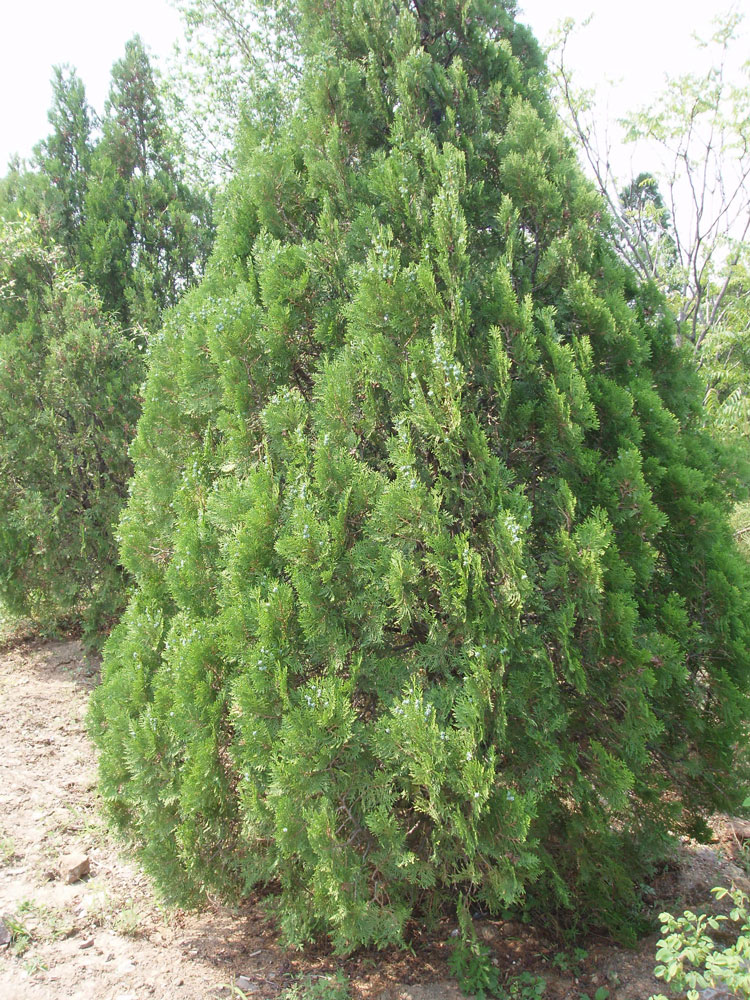arborvita - chinese arborvita

Platycladus orientalis
Summary
Scientific Classification
Kingdom: Plantae
Division: Gymnosperm
Class: Pinopsida
Order: Pinales
Family: Cupressaceae
Genus: Platycladus
Species: P.orientalis
Scientific Name: Platycladus orientalis(L) Franco.
Common names
English : Arborvita , biota, tree of life, bookleaf pine, oriental arborvitae, Chinese arborvitae, Chinese thuja.
Discription
- Habit and Habitat: : A monoecious tree, it is small, slow-growing, reaching 15–20 m (49–66 ft) and 0.5 m (1 ft 8 in) trunk diameter (exceptionally to 30 m or 98 ft tall and 2 m or 6 ft 7 in diameter in very old trees).
- Distribution: : It is native to northeastern parts of eastern Asia and north Asia,but is also now naturalised as an introduced species elsewhere in Asia. It is distributed in Manchuria, Russian Far East (Amur and Khabarovsk), and now it is naturalised in Korea, Japan, India and Iran as well.
- Morphology:
Leaf: : : Leaves light green or yellow-green, becoming brown after 3 or 4 seasons, persistent, scale-like, in opposite-decussate pairs, have no glands.
Bark: bark thin, reddish-brown, exfoliating in thin longitudinal strips with age.
Cones: Pollen cones terminal, small (2-3 mm long), seed cones 20-25 mm long, 10-18 mm wide when closed, glaucous green at first, turning reddish brown, usually have 6-8 fleshy scales in an opposite-decussate arrangement, with a deeply recurved dorsal hook below the tip of each scale; this protuberance is the apical part of the bract, around which the fleshy scale develops after the ovules are fertilized, to nearly engulf the bract; scales glaucous when growing, maturing and ripening to bright brown; lower 4 scales fertile with 2(-3) seeds occurring adaxially near the base of the lowest pair, only one on the upper pair.
Seeds: 5-7 mm long, 3-4 mm diameter, more or less ovate, wingless. Seed bearing starts at 3 years for instance in Kazakhstan. - Propagation: By seed.
- Importance:
a.It is very often used as an ornamental tree.
b.The wood is used in Buddhist temples both for (lavairos) construction work, and chipped, for incense burning. Its twigs and leaves contain 0.12% essential oil containing pinene and probably caryophyllene. The roots contain up to 2.75% of gasoline. - Location: Entrance Garden.
 Trees of GSS Project supported by Makerspace Belgaum Website concept and designe by
Trees of GSS Project supported by Makerspace Belgaum Website concept and designe by